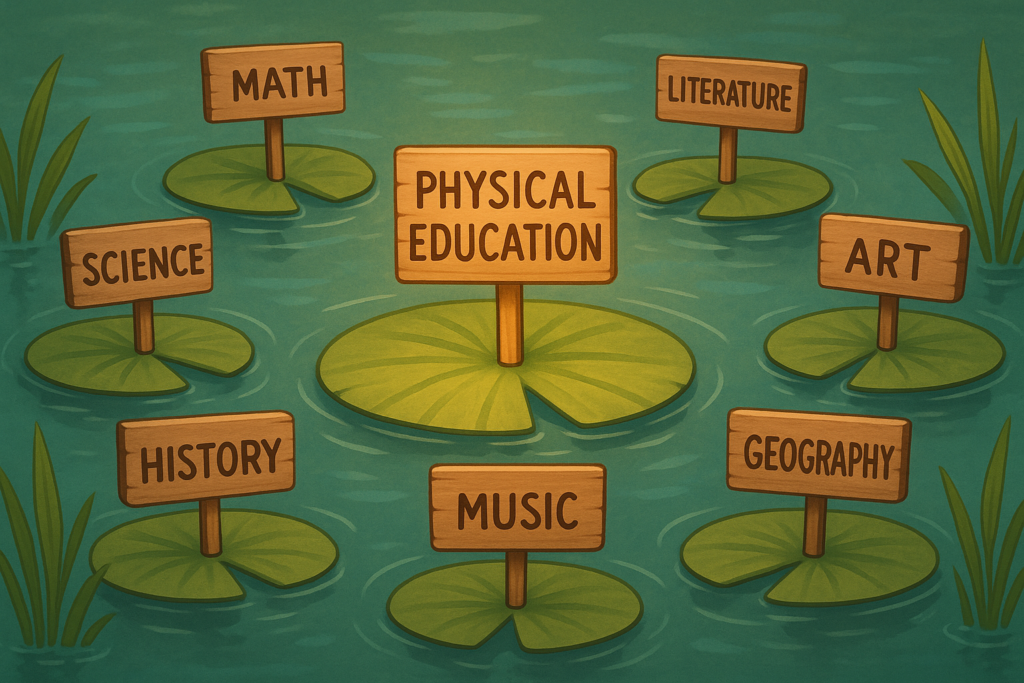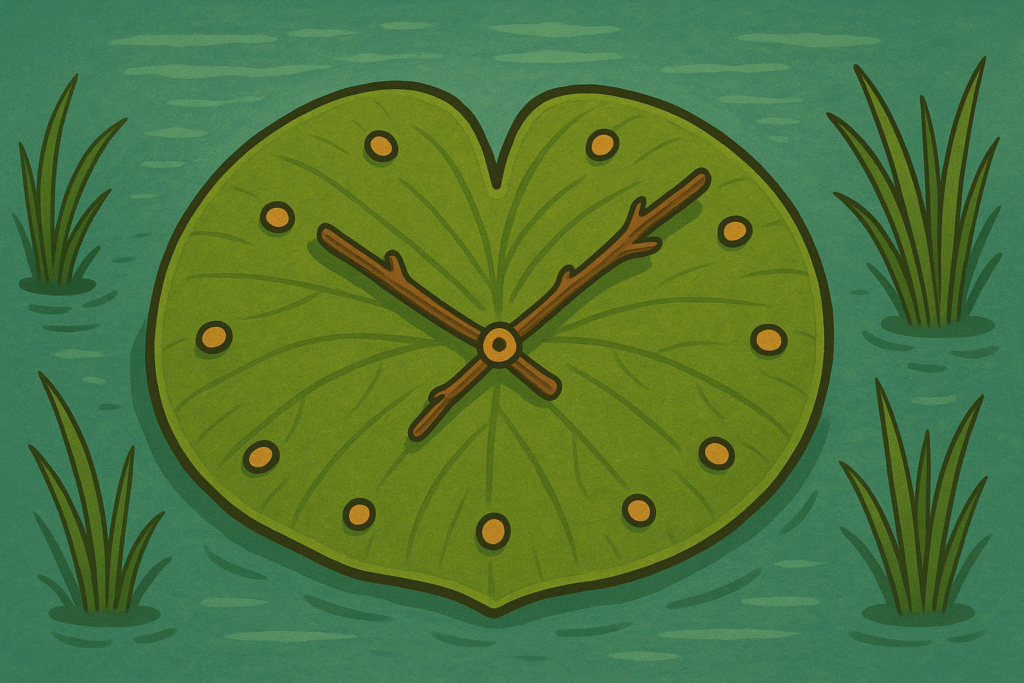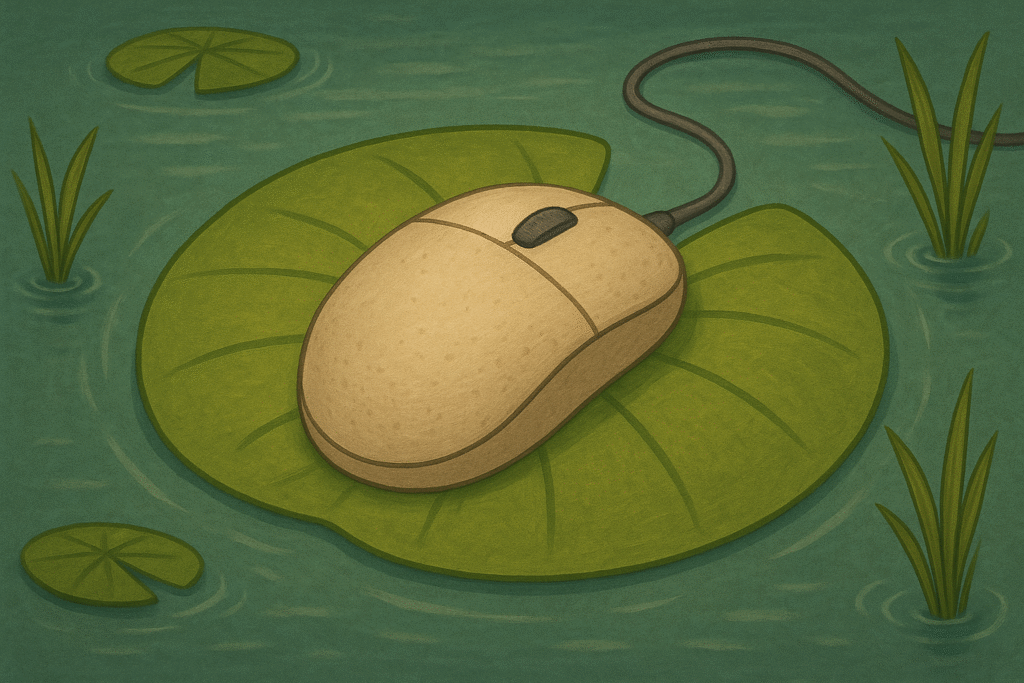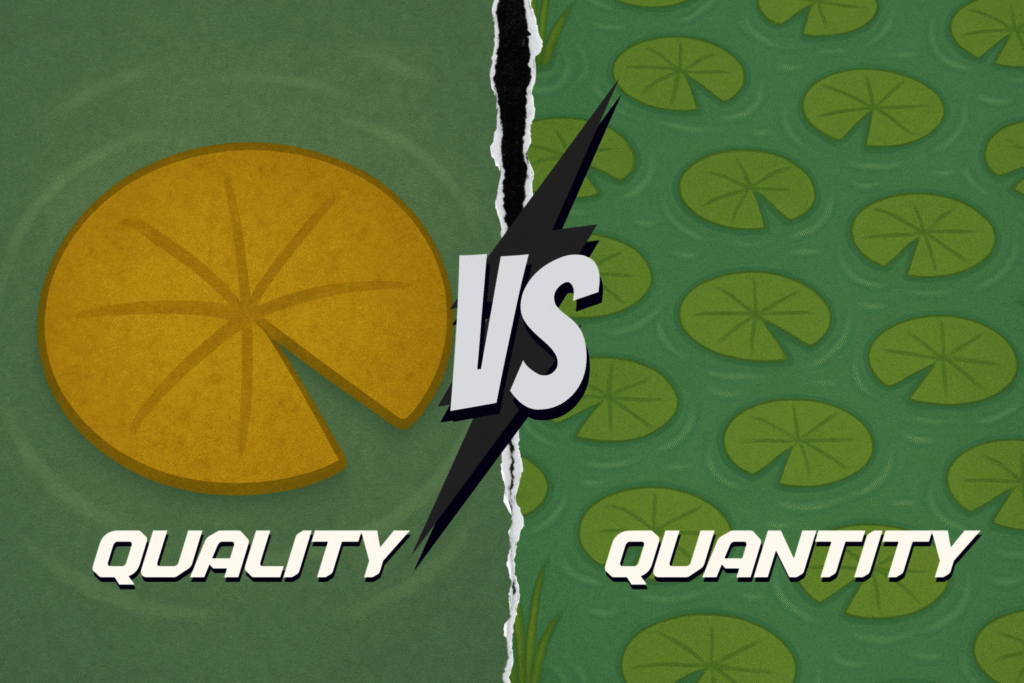It might sound like a complicated word, but the idea behind it is actually simple — and powerful.

Transdisciplinarity means using PE as a bridge to other areas of knowledge. It’s about designing activities where students don’t just move — they think, connect, reflect, and learn.
Some modern education frameworks like the IB (International Baccalaureate) already include this concept at the heart of their curriculum. And the truth is… it transforms your classes.
PE that goes beyond PE
Most traditional PE classes only focus on physical skills — and often, even that doesn’t work too well.
But imagine a PE lesson where, while working on strength or speed, your students are also learning about physics, history, math, or health.
These lessons don’t just build stronger bodies. They build stronger minds.
So… how do I start doing this?
It might feel like a challenge at first. But you don’t have to redesign everything from scratch
One simple but powerful strategy is using the cool-down time at the end of your lessons for reflection. Ask questions, connect ideas, spark curiosity.
Even better? Stay connected with what your students are learning in other subjects. Talk to your colleagues. Check their projects. Use that as inspiration for your next PE lesson.
If they’re studying Ancient Greece in History… perfect. Organize mini-Olympics.
And the best part? You’ll find many more examples and resources that can help you connect PE with other areas of learning. These resources are full of ideas that make PE a dynamic, interdisciplinary experience.
This is how PE stops being “just PE” — and becomes an essential part of your students’ learning journey.


